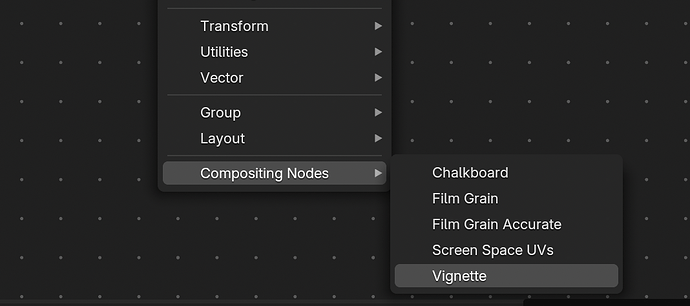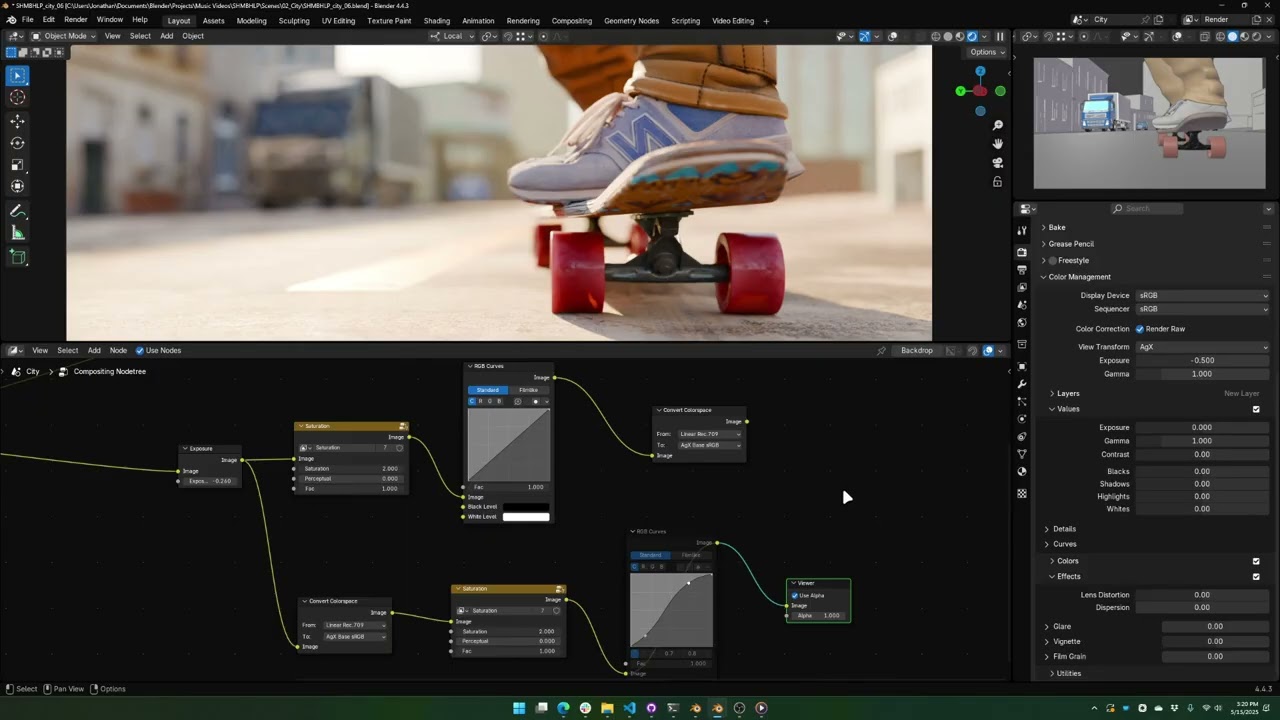Motivation
Many Blender users currently perform 3D modeling and rendering but then export their renders for post-processing in other software. While this use case will always be supported, we would like to improve the compositing workflow, such that it’s easier and more convenient for users to do post-processing and compositing in Blender.
We identified several ideas to solve this problem (see #134214). This post is about assets —specifically, we’re looking for community feedback to help us identify which assets should be shipped with Blender.
Proposal
The new workflow should include an asset shelf with several categories as shown in the following demo:
Target users
Mainly Blender users who are beginners to compositing.
Advanced users should benefit from an asset shelf and presets to use as templates for further tweaks, but they are not the main target users.
Assets
Without going into implementation details, we would like to include the following assets (each point may have multiple individual assets):
-
Camera & Lens effects:
- Sharpen
- Unsharpen
- Vignette
- Grain
- (Sensor) Noise
- Defocus
- Chromatic aberration
- (advanced) Glows and bloom
- Camera shake
- Lens flare
-
Filter Presets
- Film black and white
- LA / nostalgia filter
- Venetian blinds
- Half Tone & Comic book filters
- VHS
- Sepia Tone
- Color Isolation
- Infrared look
-
Environment effects
- Heat displacement
- Atmospheric fog
- Wave warping
- Liquify filter
More advanced assets:
- Procedural noise textures
- Color Management
- Custom tone mappers
- Gamma compression
Feedback
Which effects or categories would you also like to have included?

